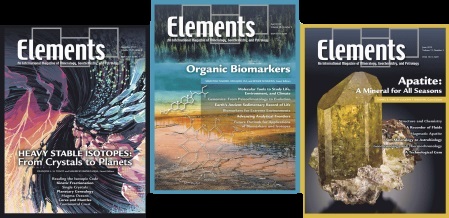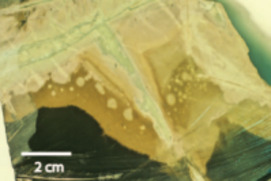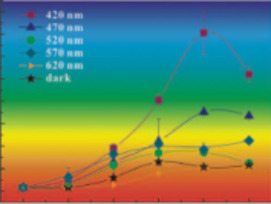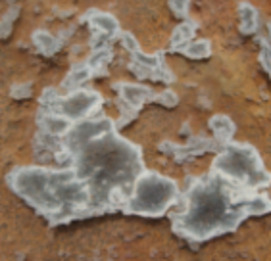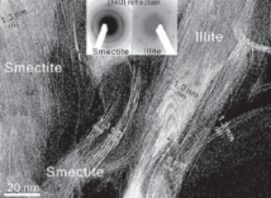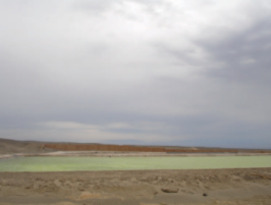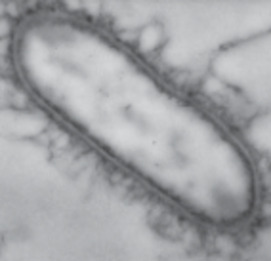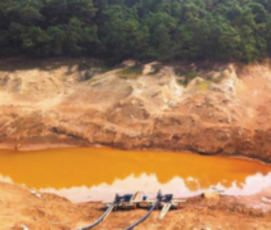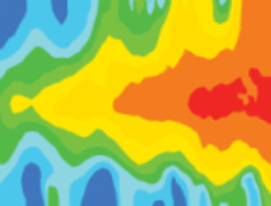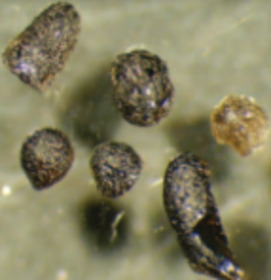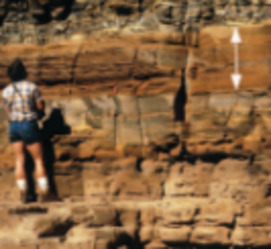Metamorphism: From Patterns to Processes
Metamorphic rocks make up a substantial portion of the Earth’s evolving lithosphere. Understanding metamorphism is central to interpreting large-scale geodynamic processes and interactions among the geosphere, the hydrosphere, the atmosphere, and the biosphere. In this issue of Elements, we emphasize the critical role of fluids in controlling the rates and mechanisms of metamorphic processes. The patterns observed over a wide range of scales in metamorphic rocks are not just passive recorders of tectonic events. They also reveal that the complex coupling of chemical reactions, transport, and deformation processes that constitute metamorphism sometimes operates surprisingly far from equilibrium.
Metamorphism: From Patterns to Processes Read More »

